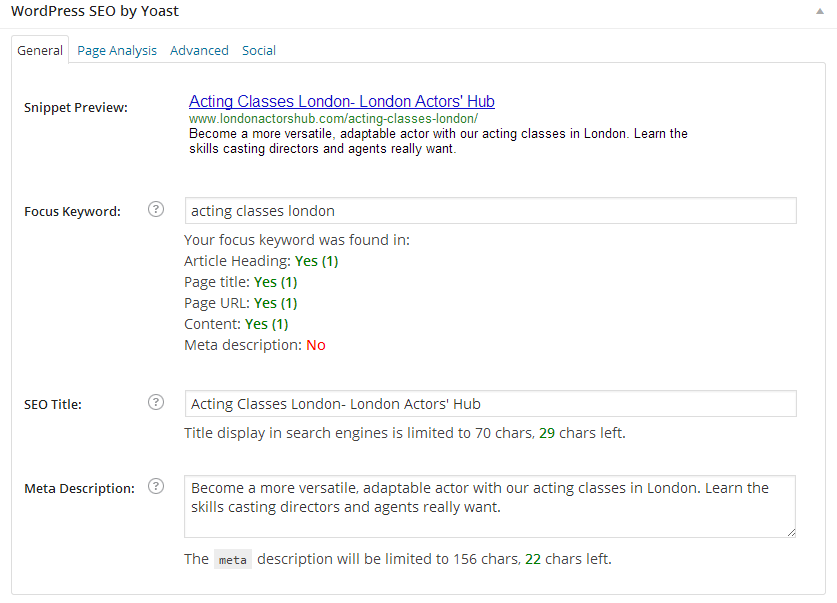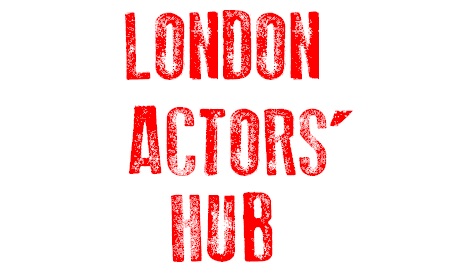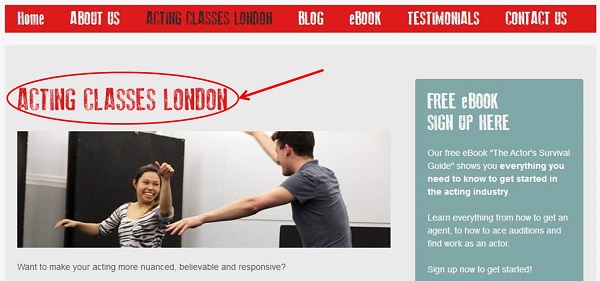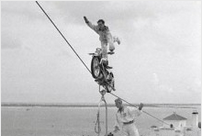As part of our complete beginner’s guide to SEO here, we’ve set out to give small business owners actionable, practical guides on how you can start improving your SEO right now.
If you haven’t already, please read our guide to keyword research, which will show you how you can find and curate the best keywords to use to attract visitors to your website.
Having done some keyword research, you’ll have a really clear idea of what keywords you want to target. But how do you actually optimise your website for that keyword so that search engines can rank you for them?
This is where we come to on-page optimisation.
How Can I Optimise my Page for Keywords?
On-page optimisation is the process of making sure that your page is written and put together in a way which will let Google know that your page is relevant to your chosen keyword. You can do this by:
- Including your keyword in the url, as well as in page headings and in the copy of the website itself
- Using Bold and italicised writing to stylise your keywords, as this is recognised by Google to be important
- Getting your webmaster to add an SEO title and meta-description to each page of your website, or if you’re using a Content Management System like WordPress, you can add one yourself by downloading a plug-in such as Yoast for SEOAn SEO title is essentially an alternate title for a webpage, which can be used to better optimise a specfic webpage for a chosen keyword. The SEO title can be quite important, especially if the page’s title isn’t well optimised for a keyword.Conversely, meta-descriptions will not help your search page rankings, but they are still important in their own way, as they can be used to entice people to click through to your website. Below is an image showing the Yoast SEO interface, which allows you to easily insert SEO titles and meta-descriptions into WordPress websites

- Using alt image tags wisely. All images on the internet have “alt tags” which are short descriptions of the images, included in case an image fails to load, so the viewer still understands what the image shows. By choosing highly relevant images, your alt term descriptions can also include your keywords. Note: do not use alt tags to cram in keywords which are irrelevant to the images themselves.
Here is an example of where you can stick your alt-tags in the html code of an image.
<[img src="www.examplewebsite.com/" alt="example alt tag"/]>
Note: Remove square brackets.
Here is an example of a small business’s website which is well optimised for its target keywords.

London Actors Hub
The target keyword on this page is “Acting Classes London”, and we can see that they have:
- Included the keyword in the url: /acting-classes-london/
- The headings.

- Numerous times in the copy of the text.
- As well as in the SEO title and meta descriptions.

However, before you rush off and start cramming keywords into your own site, it is important to remember that you need to write for people first, and search engines second.
Write For People First

Far too many people crowbar keywords into their websites with the all the grace and dignity of a drunk hippo trying to climb a ladder. Stuffing keywords into your web copy solely for the purposes of SEO is a terrible idea. Not only can you actually get penalised by Google in extreme circumstances, but it will look terrible to potential clients!
For example, no-one would want to buy an LCD computer screen from whoever wrote this digital affront to the written word:
Remember, your website’s first and foremost priority is converting visitors into clients/users/customers. Even if your keyword stuffing antics do result in a good SERP ranking and an increase in traffic, badly written SEO copy will probably heavily curtail your conversion rates and make potential customers think you’re a semi-literate half-wit.
On-Page Optimisation Goes Hand in Hand with SEO Copywriting
SEO copywriting can seem like a bit of a tightrope walk, as you need to include the keywords enough times to let Google know that your site is very relevant to those terms, whilst at the same time making sure that the page is well written and pleasing to read. Luckily, Google is quite clever when it comes to understanding context and the meaning of what you write.
As you saw with the London acting classes website, they mentioned a number of variations of “acting classes London”, this is because Google tends to broadly match keywords to search terms, so that if someone searched for “acting classes London”, the phrase “acting and drama workshops in London” would still come up as a result.
This is great, because instead of having to awkwardly repeat the exact same phrase over and over again, Google’s ability to understand language means that you have the creative freedom to write with more variety. Obviously, you want to mention your chosen keywords as much as possible, but don’t be afraid to change it up a little when they start to become stale!
As a general rule of thumb, if you’re ever uncertain about whether you can legitimately fit your keyword into your copy in a sentence without it reading badly, err on the side of caution and omit it. Better to forgo a keyword or two rather than turn off a potential customer!
You’ll encounter a lot of SEO experts blathering on about keyword density and the exact percentages of keywords which you should try to include, but this really isn’t worth worrying about.
Even if there is a “magic percentage” of keywords which will dramatically improve your SEO, chances are that this magic percentage will change in a year or two when the algorithm Google uses to rank pages inevitably changes. As a rule of thumb, however, you’ll want your keywords to make up between 5-10% of your copy.
Scribe – Content Optimisation Software

SEO copywriting is a daunting prospect, which is why professional SEO copywriters charge so much! However, small business owners do have a secret weapon in the form of Scribe’s content optimisation software.
Scribe has been developed by the brains behind Copyblogger, who are one of the best resources for internet writing out there. If you don’t feel that your writing is particularly strong, or even if your writing has some room for improvement, Scribe can help you craft great copy which will improve your search engine rankings.
Scribe automatically reviews your content and gives you actionable pointers on how to improve your on-page optimisation based on your site’s analysis. It takes the guesswork out of SEO writing, and can turn anyone into a competent SEO writer in a matter of minutes.
Try Scribe out here for free – we guarantee that it’ll have a marked effect on your SEO.
Build A High-Quality Website

As well as making sure that your page is highly relevant to your chosen keywords, it is also important that your website as a whole is accessible and of a high quality.
After-all, Google has managed to monopolise the search engine industry because the results it spits out at us are of a higher quality than those provided by other search engines. Therefore, it is imperative to Google that it ranks high quality sites, so that we continue to use it to search online.
As a result, how well your site is put together is an important metric Google uses to rank pages. For a start, make sure that your site:
- Has a fast loading time. You can test your website’s loading time here. As well as telling you your loading time, it will also show you how to improve your site
- Is mobile responsive. An ever increasing percentage of web users use mobile devices and tablets, so it is important that your site looks good on these devices too. Google recognises this. As a result, having a mobile responsive site can help improve your rankings
- Is easy to navigate and use. Make sure that all text is easy to read and that your site provides visitors with a good experience overall
- Doesn’t include hidden text and broken code. You can check your code using the w3 schools validator
- Has a valid SSL security certificate, if it is needed. You can read more about SSL and online security here
External Factors
Once you’ve optimised your page for your chosen keywords, it is equally important that you start building legitimate, relevant links from other websites.
Google uses these links as a metric to measure how authoritative, relevant and valuable your website is.
Over the years, link building has been repeatedly exploited by web spammers and scammers, and as a result, Google has taken a very hard-line approach to what it considers to be legitimate links and what it considers scam links which can get your website banned.
Fortunately, we’ve already covered how you can build honest, long term links in this blog.
Discover
The 12 Marketing Secrets of Fast-Growth Companies
Find out what they do to achieve outrageous business success

Get your free copy

 By
By 


Touche. Gгeat arguments. Ҝeep ᥙp the amazing work.